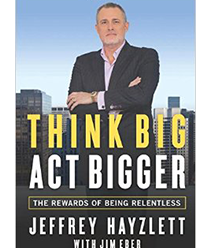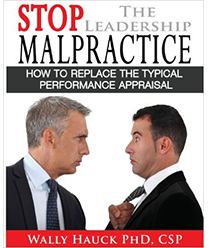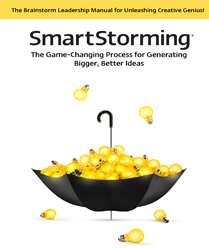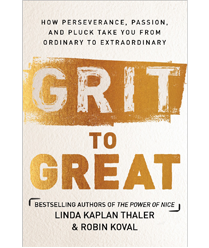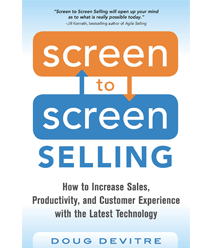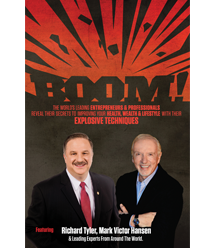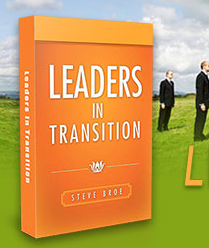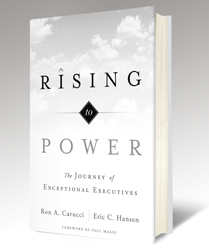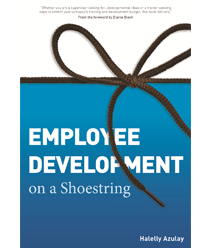“If the creators of brainstorming were alive today, they would be astounded at how far the concept has evolved. Rigie and Harmeyer have created the ultimate idea-creating machine. It’s going to be the textbook for the concept for decades to come.”
~ Al Ries, bestselling author of Positioning and Marketing Warfare
In today’s fast-paced, innovation-driven economy, chaos and disruptive change are the new “business as usual.” Organizations, business owners, entrepreneurs, and even individuals have no choice but to reinvent themselves and their product or service offerings on an ongoing basis.
They must innovate–or risk slipping into irrelevance.
Innovation is fueled by a constant stream of new ideas; and group brainstorming is the most widely utilized process for generating that fresh, original thinking. However, brainstorming as typically practiced is a fundamentally flawed process–loosely structured, poorly facilitated, lacking in effective techniques–and it often produces too few, truly innovative ideas.
It’s no wonder. Over 90% of those leading brainstorming sessions, in any industry, have had no formal training in how to do so effectively.
SmartStorming: The Game-Changing Process for Generating Bigger, Better Ideas is one of the most comprehensive how-to manuals and idea generation toolkits ever published on the subject of brainstorming. It can help anyone learn how to consistently plan and lead highly effective brainstorms, and unleash the creative problem-solving genius of any group!
Readers are introduced to a totally new approach to group ideation. Not just another creative-thinking technique, SmartStorming is a powerful brainstorming system, combining the essential structure, leadership skills, tools, and techniques necessary for success.
